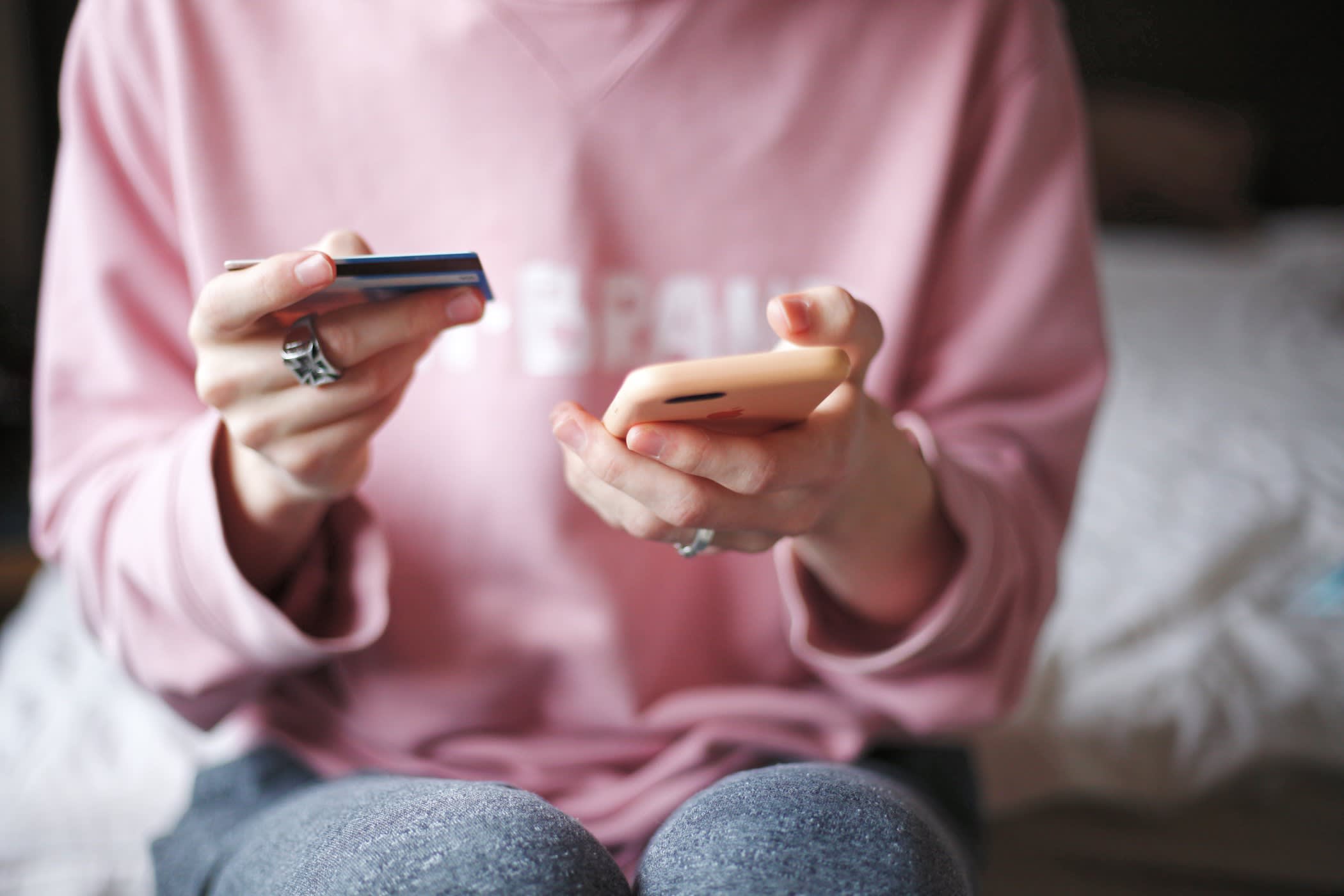
Using credit cards boosts the brain’s reward system and the urge to spend more money, according to a recent study from MIT examining the neuroscience of buying things.
Credit card shopping tells us to “step on the gas” and lead to more “cravings for purchases” in the future, said Drazen Prelec, study author and professor at MIT Sloan School of Management, in a press release.
Previous research has shown that people tend to spend more when they pay with a credit card than with cash. For this new study, researchers used MRI machines to see what happens in the brain when people are asked to buy an item with cash or a credit card.
In the MRI, the participants were shown various items on a screen, from video games to beauty products, that they could add to their shopping cart. They had the option to pay for the products with $ 50 cash or a credit card.
People were more willing to buy more expensive items with credit than cash and spent more overall when using a credit card, the study authors wrote.
When people bought things with a credit card, the MRI showed that a part of the brain’s reward system called the striatum was activated. The striatum is responsible for the release of dopamine and is involved in reward, reinforcement, pleasure, and even addiction.
“The reward networks in the brain that are triggered by all kinds of rewards are triggered by a credit card purchase,” Prelec said.
Credit card “signals,” such as logos or buy-now buttons, essentially trigger the pursuit of rewarding products, the study authors wrote.
Paying in cash did not activate the reward networks.
So, what is it about credit cards?
For starters, the brain’s reward network is “chronically sensitized by past experience with credit cards,” the study authors wrote. In other words, “putting that plastic credit card in your hand is associated with pleasurable purchases,” Prelec said in the press release.
Other studies have shown that paying with a credit card can “push the costs out of mind,” the study authors wrote. Since you can delay credit card payments, your mind separates purchase from payment, and you don’t have to experience the tangible and immediate stimulus of spending money like cash.
It also matters whether you pay with the credit card you use for essentials, rather than a credit card you use for things like travel and restaurants. Prelec said the neural activity changes depending on the card: “The card you use for restaurants and vacations creates a different appetite than the card you use to buy gas for your card,” he said.
As consumers adopt new payment systems, such as contactless payment, it’s important for people to understand how the neural reward mechanisms at play affect our spending habits, he said.
Checking out: Use this calculator to see exactly how much your third coronavirus stimulus check could be worth
Do not miss: This type of therapy can help people with depression be more productive at work: study